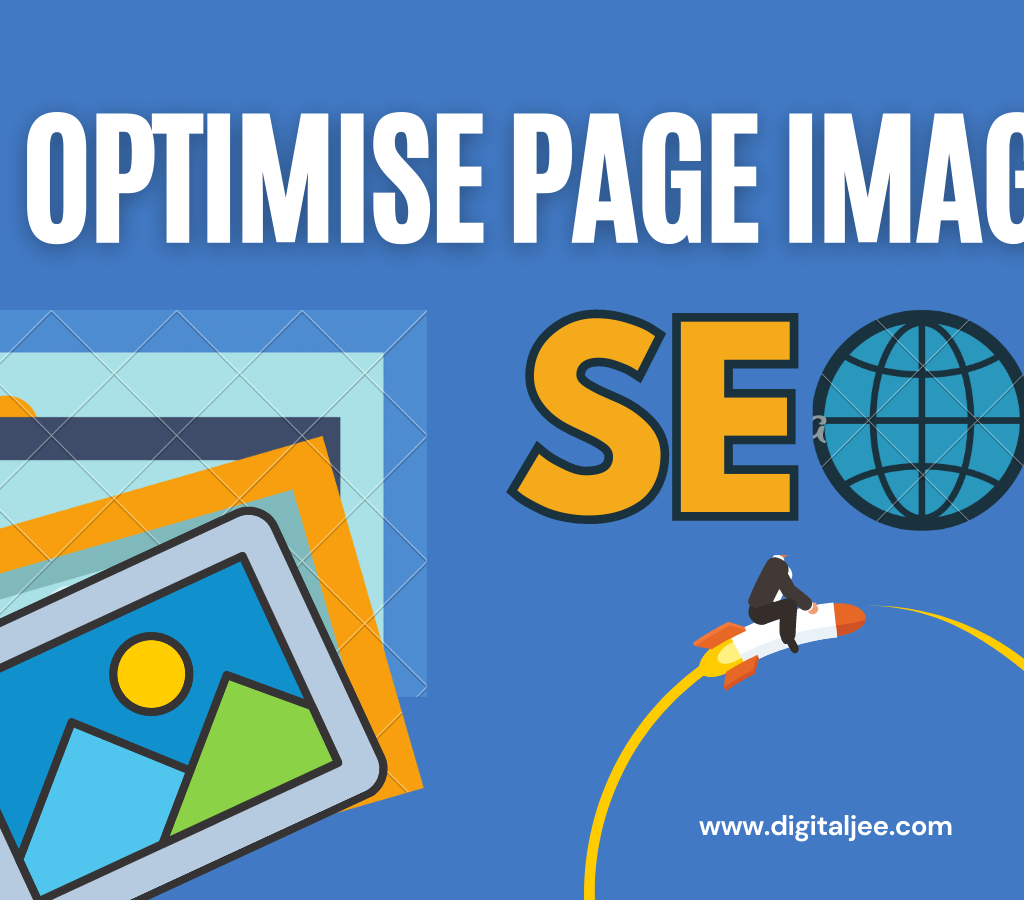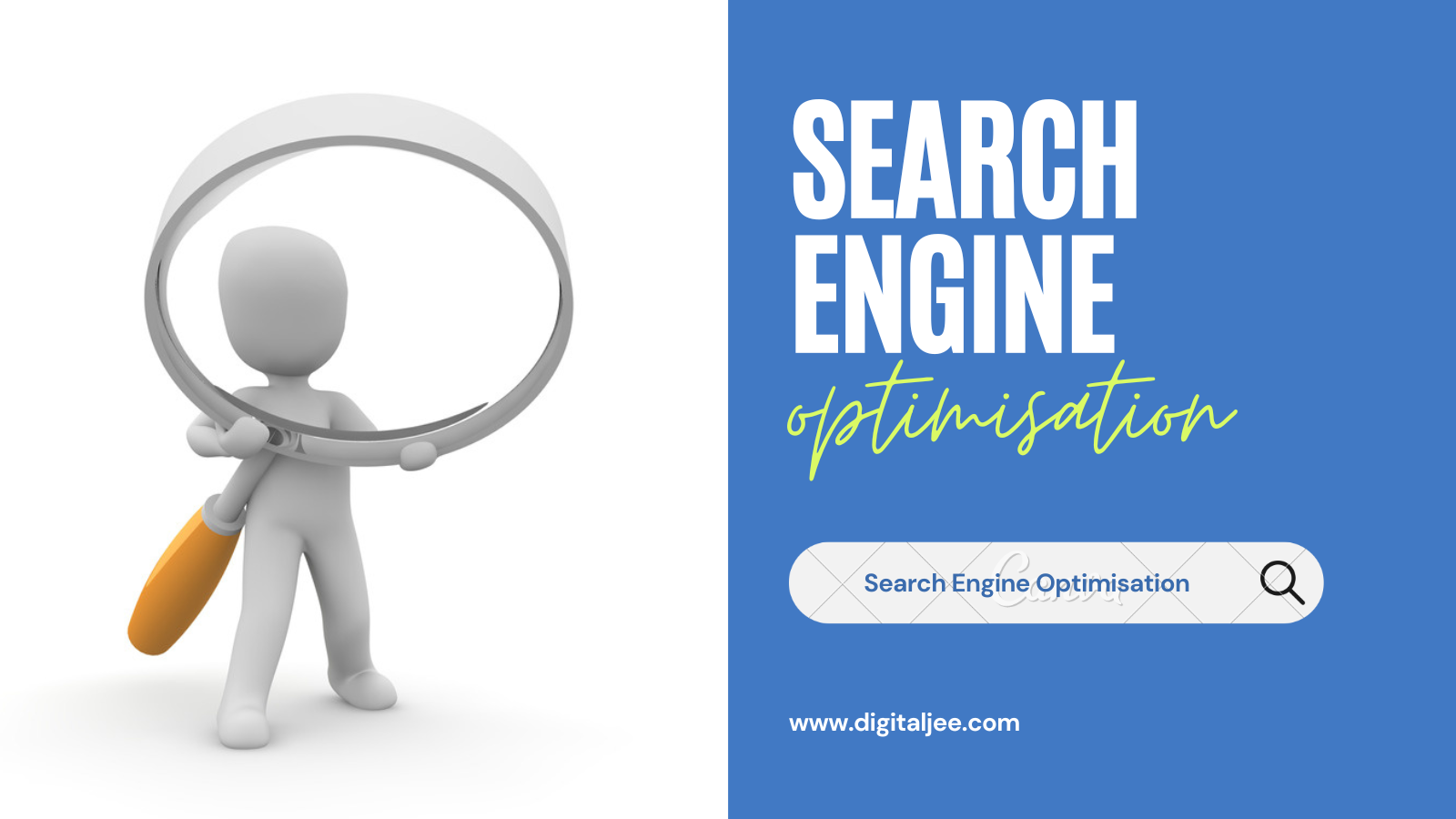WordPress is a free and open-source content management system (CMS) that acquires over 40% of all websites on the internet. It is an excellent platform for creating a website, but it can be challenging to optimize WordPress websites for search engines. In this comprehensive guide, we will share top tips for optimizing a WordPress website to improve your search engine rankings and increase your website traffic.
Table of contents
Related Article For you: Top Strategies for Boosting Your Website’s Google Ranking Must Read
Use a Fast and Reliable Hosting Service
For Optimizing your WordPress
The first step in optimizing your WordPress website is to choose a fast and reliable hosting service. The hosting service you choose can significantly impact your website’s speed and performance. Slow-loading websites can have a negative impact on your search engine rankings, and they can also result in a poor user experience.
Therefore, choose a hosting provider that offers fast server speeds, reliable uptime, and excellent customer support. You can also use a content delivery network (CDN) to boost the website’s speed and performance.
Choose a Search Engine Optimized Theme

The next step in optimizing your WordPress website is to choose a search engine-optimized theme. Your theme plays a crucial role in your website’s appearance and functionality, but it can also affect your search engine rankings.
Choose a theme that is well-coded, mobile-friendly, and optimized for speed. You can use a theme that is optimized for search engines or customize your theme to improve its search engine optimization (SEO).
Install Essential Plugins
WordPress has a vast library of plugins that can help you optimize your website for search engines. Some essential plugins that you should install on your website include:
- Yoast SEO: This plugin helps you optimize your content for search engines and provides on-page SEO analysis.
- W3 Total Cache: This plugin improves your website’s speed and performance by caching your website’s content.
- WP Smush: This plugin compresses your images without affecting their quality, which can improve your website’s speed and performance.
Delete unused plugins
For Optimizing your WordPress

One of the most common mistakes that website owners make is to install too many plugins on their WordPress site. While plugins can add functionality to your website, they can also slow down your website and make it more vulnerable to security threats.
Therefore, it is essential to delete any unused plugins from your WordPress site. This not only improves your website’s performance and security but also ensures that your website remains up-to-date and easy to manage.
To delete unused plugins from your WordPress site, navigate to the Plugins page in your WordPress dashboard. Here, you will see a list of all the plugins installed on your website. Find the plugins that you are not using and click the delete button to remove them from your website.
Before deleting any plugins, ensure that you have a backup of your website in case anything goes wrong. Also, ensure that the plugins you are deleting are not being used by any other part of your website, as this could cause functionality issues.
In conclusion, deleting unused plugins from your WordPress website is an essential step in optimizing your website for search engines. It helps to improve your website’s performance, security, and manageability, ensuring that your website continues to perform well in search engine rankings.
Optimize Your Website’s Content
Content is a crucial factor in your website’s search engine rankings. So, automatically it becomes an essential thing to optimize for search engines. Given below tips can help you to optimize your website’s content:
- Use relevant and SEO-friendly keywords in your content
- Always draft high-quality content which is engaging and informative for readers
- Use keywords in content headings, subheadings, and also in bullet points to make it easy to read for readers
- Use external and internal links in your content
- Use image alt tags in your images to describe
Optimize Your Website’s Metadata
Metadata is the info that appears in the browser’s Search Engine Results Pages (SERPs). It includes your website’s title, meta description, and meta keywords. Optimizing your website’s metadata can help you improve your search engine rankings.
Given below tips can help you to optimize your website’s metadata:
- Use relevant and high-quality keywords in your website’s title and meta description.
- Write a compelling meta description that encourages users to click on your website.
- Use relevant and high-quality meta keywords.
Image Optimization
For Optimizing your WordPress

Images play an essential role in your website’s appearance and user experience. However, large images can significantly impact your website’s speed and performance, which can negatively affect your search engine rankings.
Therefore, it is essential to optimize your images for the web to improve your website’s speed and performance. Given below tips can help you to optimize your website’s images:
1. Resize your images:
Before uploading your images to your website, resize them to the appropriate size. Large images can significantly slow down your website, so it is essential to optimize them before uploading them.
2. Compress your images:
Compressing your images can significantly reduce their file size without affecting their quality. There are multiple image compression websites available online that you can use to compress your images for better performance.
3. Use appropriate file formats:
Choose appropriate file formats for your images. JPEGs are best for photographs and images with many colors, while PNGs are best for images with few colors, such as logos and icons.
4. Use descriptive filenames:
Use descriptive filenames for your images. This helps search engines understand what your images are about and can improve your search engine rankings.
5. Use alt tags:
Alt tags describe your images for search engines and users who cannot see your images. Use descriptive alt tags including keywords to improve your search engine rankings.
6. Use lazy loading:
Lazy loading is a technique that loads the page images when the user scrolls down the page. This will significantly boost your website’s speed and user experience.
7. Use a CDN:
A content delivery network (CDN) can help to speed up the delivery of your images to users around the world. It works by caching your images on servers around the world, ensuring that they are delivered to users quickly and efficiently.
Use Social Media
Social media can play a crucial role in your website’s search engine rankings. Social signals such as likes, shares, and comments can indicate to search engines that your content is valuable and engaging.
Therefore, it is essential to use social media to promote your website’s content. Share your content on social media platforms such as Facebook, Twitter, and LinkedIn, and encourage your followers to share your content with their followers.
Conclusion
In conclusion, optimizing your images is an essential step in improving your website’s speed and performance, which can help to improve your search engine rankings. Use these tips to optimize your images and ensure that your website continues to perform well in search engine rankings.
Optimizing your WordPress website for search engines can help you improve your search engine rankings, increase your website traffic, and grow your business. Use these top tips to optimize your website and improve its search engine optimization. Remember to monitor your website’s performance regularly and make adjustments as needed to ensure that your website continues to perform well in search engine rankings.







